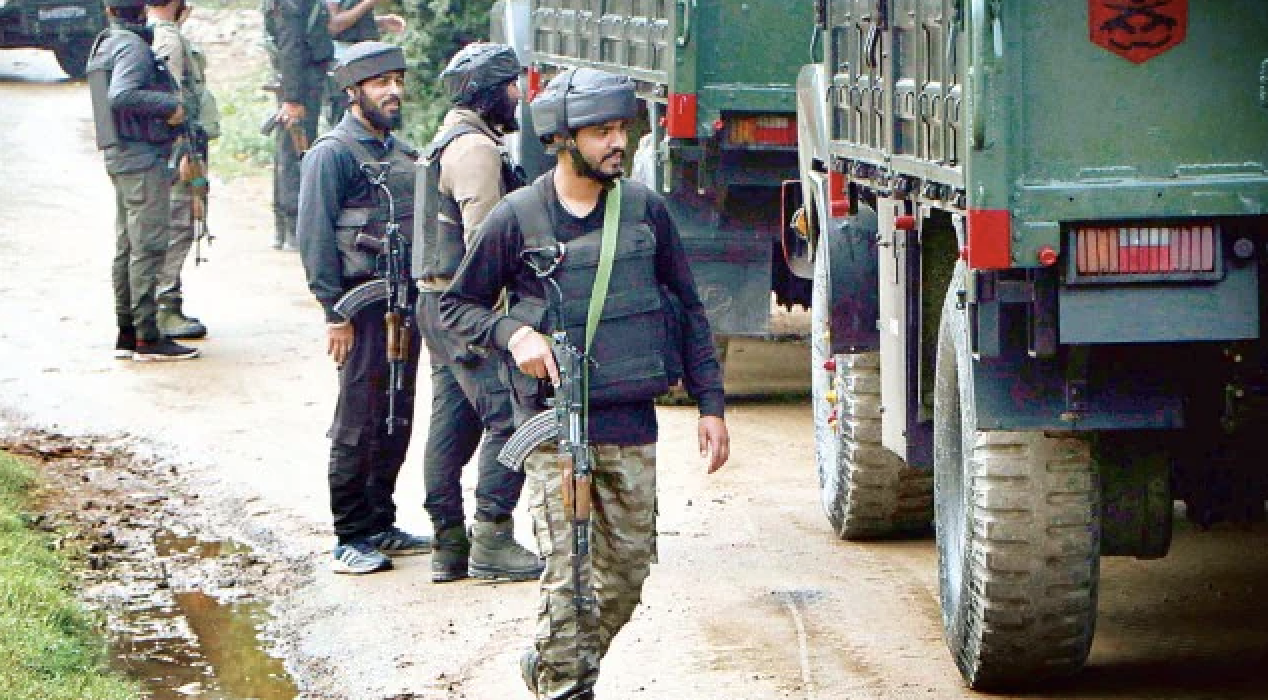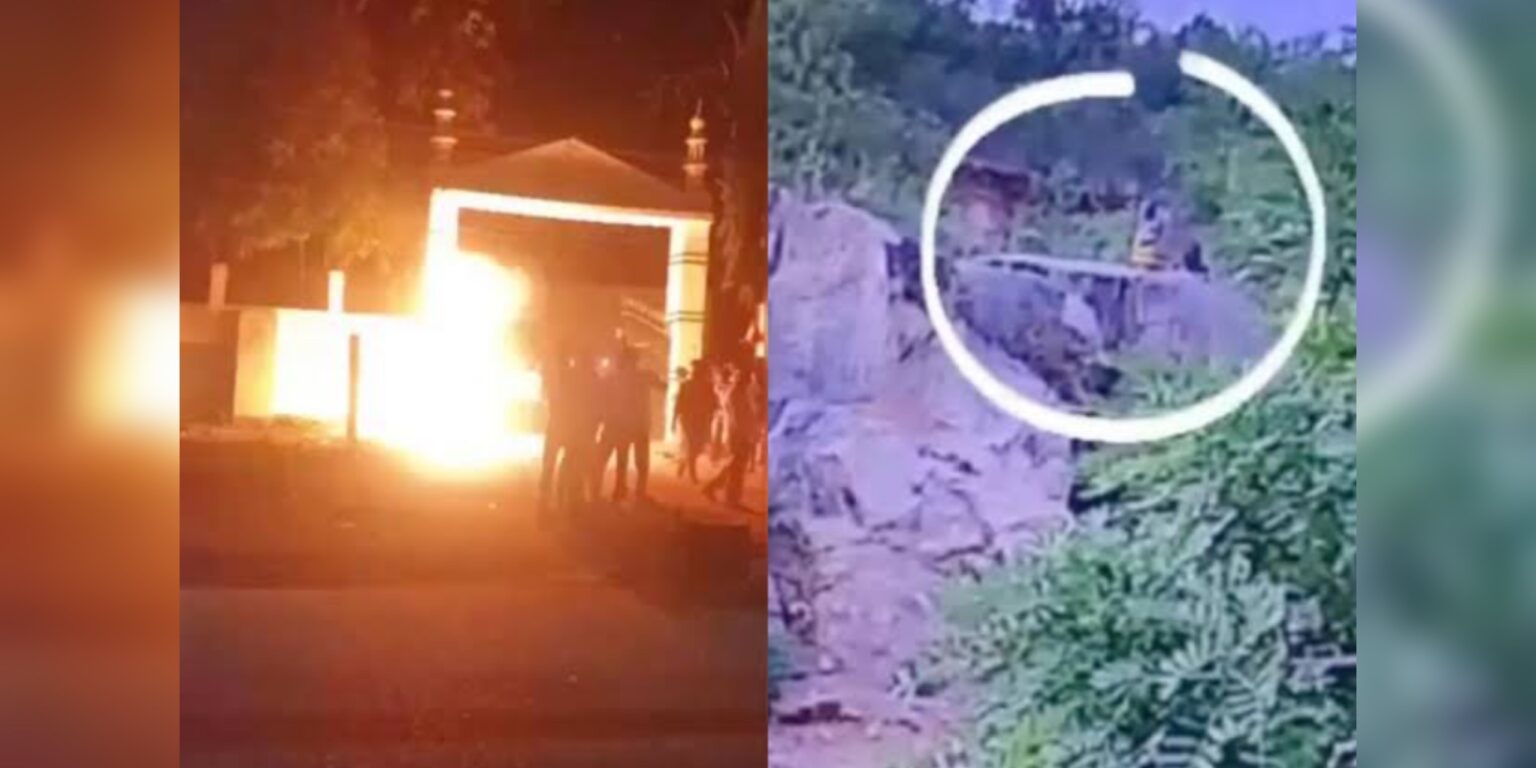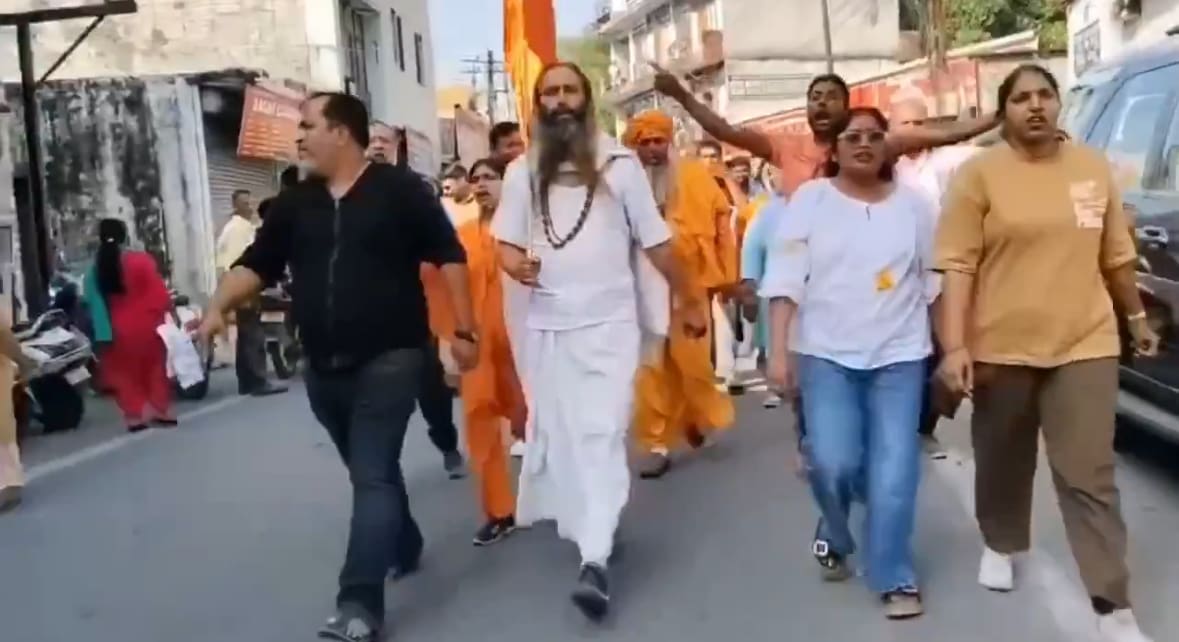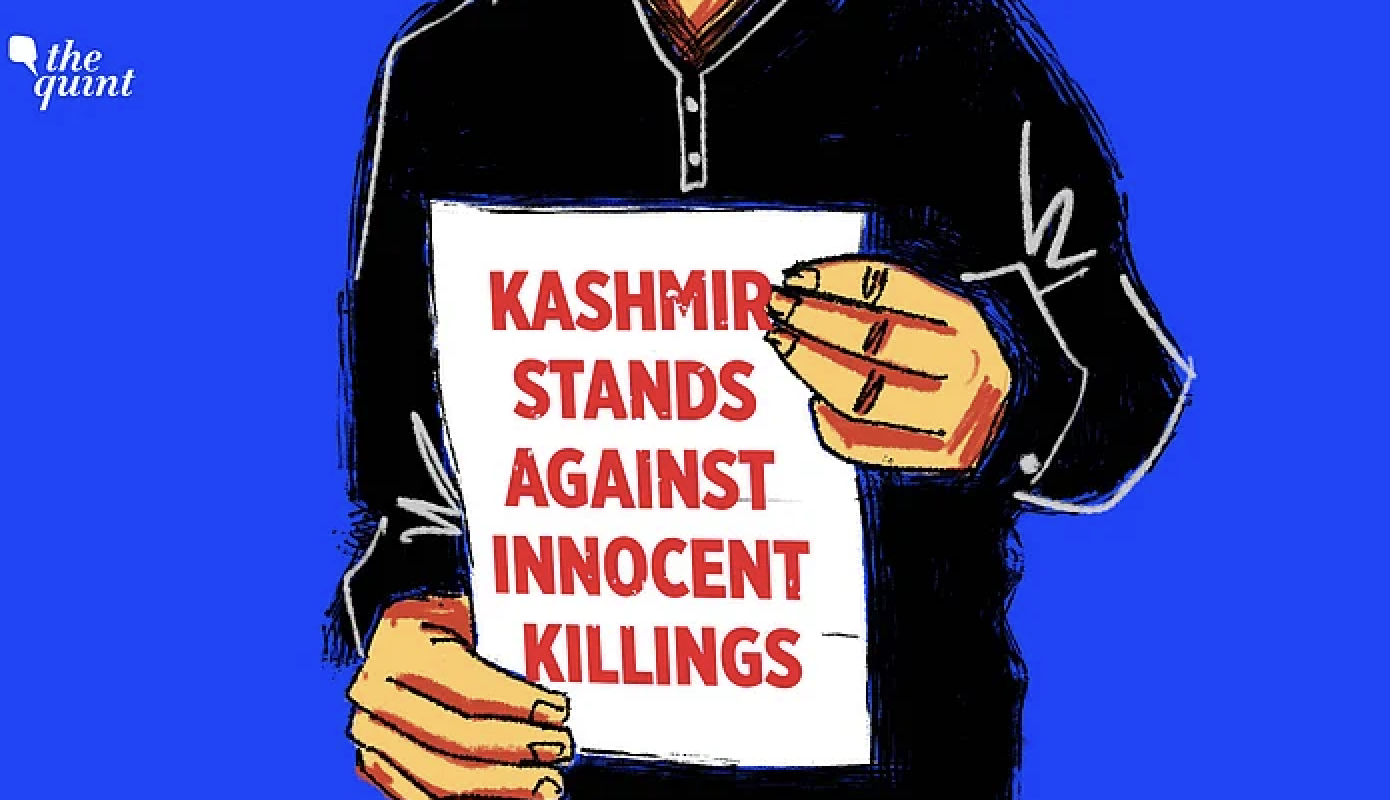
(Photo: YouTube/HackoManiac FCB)
By NILANJAN MUKHOPADHYAY / The Quint
27 February, 2002 is one of those dates in Indian political history that is not merely a watershed day in the past, but also triggered one of the goriest chapters of targeted communal violence.
The violent incident of the day was a defining moment because this was the single-largest inter-community carnage in the course of the Ram Janmabhoomi agitation. Then an eighteen-year-old movement for constructing a Ram temple in Ayodhya, the agitation had seemingly run out of steam.
In popular perception of many, the demolition of Babri Masjid removed the ‘hate symbol’ and this prevented mass mobilisation of the scale between the years 1989-1992. By 2002, the campaign was also considered politically ‘inconvenient’ by the Bharatiya Janata Party. Many hardliners within the party and the Sangh Parivar argued that BJP leaders had bartered ideological commitment for political power.
Restarting the Process of Otherisation of Muslims
In March 1998, when Atal Bihari Vajpayee took oath as head of a fairly unwieldy coalition, it was only after the BJP agreed that the three pivotal issues to the party’s programme—imposition of Uniform Civil Code, abrogation of Article 370 and above all, construction of Ram Temple, would not be part of the government’s agenda.
The Godhra carnage and the riots that followed over the next few days ensured that the Ayodhya issue was once again flagged as an issue which had to be ‘resolved’ but only one way—by building a temple at the place where the Babri Masjid existed till December 1992.
The two episodes ensured the reinstatement of the Ayodhya dispute as one of the central issues of discord in India’s political discourse. They also restarted the process of ‘otherisation’ of Muslims which was always, allegedly, the primary intention of Ram temple agitation but had taken a back seat in 1990s as the BJP, too, was forced to opt for centrist social politics.
Narendra Modi’s Rise in Politics
The Godhra-Gujarat killings and the riots not just became a constant reference point—the fulcrum of political divide—for the next decade and more, but also prompted the emergence of Narendra Modi on the national centre stage, albeit as anti-hero.
In my 2013 biography of the prime minister, I argued, and reiterated on several occasions that if the “Godhra incident had not occurred and if that had not been followed by the orgy of violence, Narendra Modi would not have been what he subsequently became…”
To understand this contention, one has to revisit events on 30 September, 2001 when Vajpayee communicated to Modi the BJP-RSS decision to appoint him as Gujarat chief minister to replace incumbent Keshubhai Patel.
Paradoxically, a cremation ground provided the setting for Modi’s political elevation. There was a plane crash in Mainpuri, Uttar Pradesh that day in which Madhav Rao Scindia and a few others, including four journalists died. At the cremation of one of the scribes, Modi received a call from Vajpayee’s office summoning him where he was detailed his new charge.
A New Chief Minister’s Rise and Rise
The background to this was declining fortunes of the BJP in the state – it had just lost a crucial bye-election in Sabarmati, the party’s bastion for long. This was an expression of public anger at shoddy governance in the aftermath of the devastating earthquake on Republic Day earlier that year, besides accusations of corruption and interference of Patel’s family in administrative matters.
Barring the one which Modi won to meet the legal obligation of the chief minister becoming a legislator within six months, the BJP lost the other two, which the Congress wrested from them. Assembly elections were due in Gujarat in February 2003 and he did not have much time on his side to ensure the party’s re-election.
On that fateful February morning, the Sabarmati Express was attacked between 8.00 am and 8.20 am. Modi told official inquiry committees that he learnt of the tragedy at 9 am and it took him another one hour and half to convene a meeting of officials and select ministers. Crucial time was lost. One time BJP leader, KN Govindacharya told me when interviewed for the Modi biography, “There was definitely some amount of laxity in this and it was because of this that the intensity of the riots increased to such an extent.”
It is a matter of conjecture to judge if slackness on part of the administration was due to Modi’s lack of experience in public office Whatever be the truth, there is no denying that after the Godhra killings and the riots that followed, Modi’s further rise was never in doubt.
Is Communal Sensationalism Informing Electoral Choices Even Now?
That Modi was quick in assessing the electoral ‘potential’ of Godhra-Gujarat pogrom twin episodes became palpable when the BJP’s thrust during campaign shifted from ‘performance’ that Modi was brought in to improve. Its place was taken by a bottomless pit of hatred.
In time, State-backed campaign and action to whip up communal prejudice against Muslims more often than not, became the primary yardstick in determining electoral choice of people.
In the aftermath of the attack on the trainload of karsevaks returning from Ayodhya after participating in a Vishwa Hindu Parishad programme, Modi would have swiftly assessed that deepening distrust of Muslims would become easier due to three events in the months preceding the two tragedies: The 9/11 terror attack, the 13 December terrorist strike on the Indian Parliament and the last one, Operation Parakram.
These occurrences provided the backdrop to the Godhra attack which ‘justified’ retaliatory attacks on members of the community. These two grisly chapters enabled the BJP to portray the everyday or next-door Muslim as a person to be feared. Someone who was working to endanger the nation and was hand-in-glove with enemies across the border and the global nexus of terrorists.
To these non-Muslim political adversaries were added – political parties, civil society and media. This imagined ‘gang-up’ remains Modi’s ‘go-to’ plank at a national level from 2013 – which merely underscores how 27 February 2002 shaped India’s future political discourse to date.
This article first appeared on thequint.com






